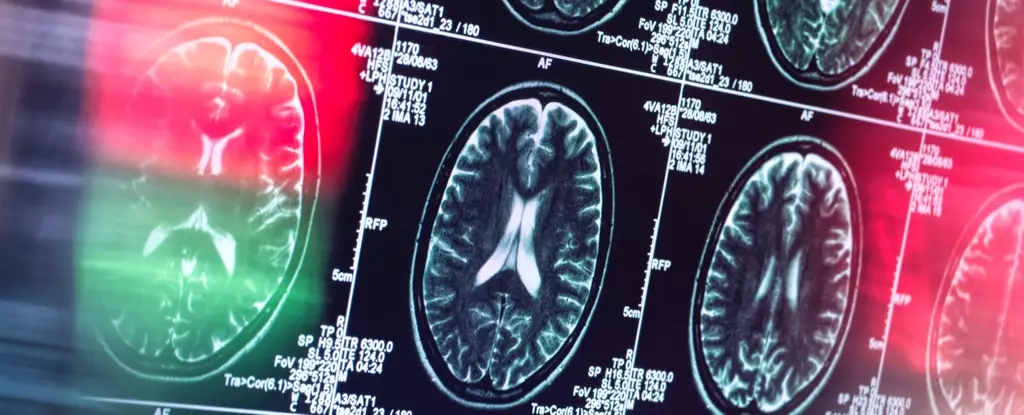For decades, Alzheimer’s disease research has been almost entirely monopolized by efforts to understand and target beta-amyloid, a brain protein long believed to be the core culprit in the disease’s progression. This singular focus has shaped both scientific inquiry and drug development, but despite massive investments, it has failed to yield a definitive cure or even consistently effective treatments. The situation reached a boiling point when questions arose about the legitimacy of some foundational studies on beta-amyloid, including a 2006 Nature paper suspected of data fabrication, shaking the field’s credibility. Then came the controversial approval of aducanumab by the FDA in 2021—an antibody that targets beta-amyloid despite patchy and inconclusive clinical results. These events highlight a troubling reality: an over-reliance on one hypothesis has hindered broader exploration and innovation in addressing Alzheimer’s.
Alzheimer’s as an Autoimmune Disorder: A Provocative New Paradigm
Emerging outside the beta-amyloid monolith is a fascinating and potentially game-changing idea—that Alzheimer’s is fundamentally a disorder of the brain’s immune system. Rather than merely an abnormal accumulation of proteins, beta-amyloid may be part of the brain’s innate immune defense, designed to respond to injury or infection. This theory suggests that beta-amyloid acts like a first responder, combatting microbial invaders or repairing damage. The unintended consequence? Because of molecular mimicry between bacteria and brain cells, beta-amyloid may mistakenly attack the brain’s own cells, leading to chronic inflammation, neuronal damage, and cognitive decline.
This immune misfire essentially positions Alzheimer’s as an autoimmune disease of the brain. Unlike traditional autoimmune diseases, however, the brain’s complexity and unique immune environment mean that standard autoimmune treatments—such as steroids or broad immunosuppressants—may be inappropriate or ineffective. This paradigm shift invites us to think beyond beta-amyloid clearance and toward modulating the brain’s immune responses in more nuanced ways.
Why This Shift Matters
The traditional beta-amyloid hypothesis has long anchored Alzheimer’s research in a somewhat myopic view, narrowing our toolkit and scientific imagination. The immune-centric theory opens wide the door to new avenues of investigation and treatment, promising approaches that could reverse or halt the disease by recalibrating immune activity rather than merely removing plaques. It surprises me—and should surprise the broader research and clinical community—that this perspective has not been more vigorously pursued earlier.
Moreover, viewing Alzheimer’s through an immunological lens aligns with broader trends in medicine, where immune dysregulation is now recognized at the heart of many chronic diseases. Considering Alzheimer’s as an autoimmune-like disease elevates the importance of understanding neuroinflammation, immune cell signaling, and the brain’s interactions with microbes and systemic immunity.
Diverse Emerging Theories Fuel Hope
Encouragingly, Alzheimer’s research is finally embracing a multipronged approach. Alongside the autoimmune model, other compelling hypotheses have gained traction. Some scientists highlight mitochondrial dysfunction—the failure of brain cells’ energy factories—as a central element. Others point to possible infectious origins, with oral bacteria or other pathogens potentially triggering chronic brain inflammation. Still others investigate metal dysregulation, focusing on how abnormal levels of zinc, copper, or iron may disrupt neural function.
While it may seem chaotic that no single “smoking gun” has yet emerged, this diversity reflects a field awakening from intellectual inertia. Complex diseases like Alzheimer’s rarely have a single cause; instead, they arise from intricate interactions among genetics, environment, and molecular pathways. By studying the disease from multiple angles, we increase our chances of identifying viable interventions—especially ones tailored to different patient subgroups.
The Human Imperative: Millions Waiting for Breakthroughs
More than 50 million people worldwide currently live with dementia, primarily Alzheimer’s, with new diagnoses happening every three seconds. The human toll is heartbreaking: individuals losing memories of loved ones, and families struggling emotionally and financially. Our healthcare systems are strained, with costs escalating as populations age.
As a scientist involved in this research realm, I am both frustrated and inspired. Frustrated that a powerful field has been hampered by an outdated hypothesis and the inertia it created. Inspired by the new perspectives that promise real progress—if only we can muster the courage and resources to pursue them widely and rigorously.
Alzheimer’s demands bold ideas and willingness to challenge entrenched beliefs. Embracing immune mechanisms and other fresh models will not only enrich our scientific understanding but ultimately pave the way toward real treatments that restore dignity and life quality to millions. Not treating Alzheimer’s as a single-protein problem but as an immune puzzle is the revolution this field desperately needs.


Leave a Reply